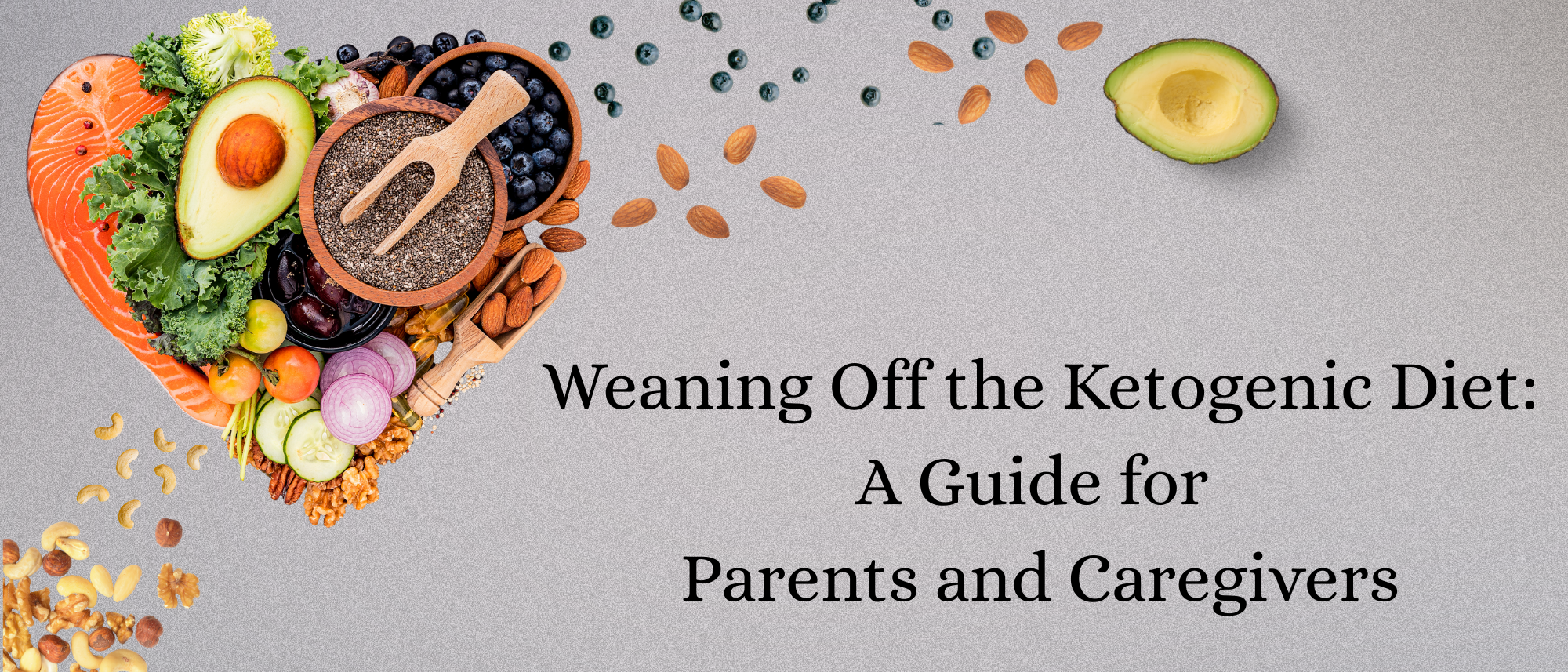Carnitine, Carnitine, Carnitine: Can you get enough from food sources?
/9/15/19
by Daisy Argudin (loving mother of an amazing keto kid)
I'd never heard of carnitine till we began the ketogenic diet. Carnitine is an amino acid that is made in the body. L-carnitine helps the body turn fat into energy. The problem is when you are on the keto diet you eat a lot more fat and less protein than the average person. This can create a carnitine deficit as your body cannot make enough to keep up with the supply and demand. Carnitine is something your body needs because if you do not consume enough it can affect your muscles including your heart.
We were told that Carnitor (a pharmaceutical grade supplement) was the best way to treat my son's carnitine deficiency. Although I had my doubts we followed the recommendation with my son's best interest in mind. A few days after starting the supplement he began having seizures again although we had been seizure-free for months. While trying to figure out what was going on I found several sources that said that seizures were a common side effect of Carnitor. There were other factors around the same time so I can never say that the Carnitor was in fact what brought back his seizures but I have serious mom guilt over it.
More info available at www.americanlamb.com
When the seizures returned I began to seek out alternatives to the Carnitor but was told that there were no food alternatives. While researching I found that lamb has the highest level of naturally occurring carnitine at 45 mg of carnitine per ounce of meat. The carnitine you get from food is much easier for the body to absorb and utilize versus that in the supplement.
In my own son we were able to raise his carnitine levels to within normal range in 2 months by just adding lamb into his diet. His free carnitine level was at 16 umol/L. A free carnitine level below 24 is generally considered deficient. His level improved to 48 umol/L after 2 months of focusing on lamb intake at least 4 times week (each serving being 1.5 oz). Once I saw this I began to share with other epilepsy parents and many of them have had similar results. One parent reported the free carnitine level going from 14 umol/L to 27 umol/L in less than 2 months. Another parent reported going from 6 umol/L to 30.5 umol/L in 3 months.
YUM!!!
How much each child will need depends on their own body and the amount of fat they consume compared to how much protein they consume. Lamb can be intimidating to make but we buy it ground at our local grocery store and use it just like hamburger meat. The taste is stronger so some children prefer it mixed with ground beef but it is quite palatable.
Many healthcare providers say that the only way to get the carnitine levels within range is to take the supplement but I myself have seen that food can be a viable option. Try for yourself, consult with your dietitian and make the best choice for your child. But know that there are choices!






















